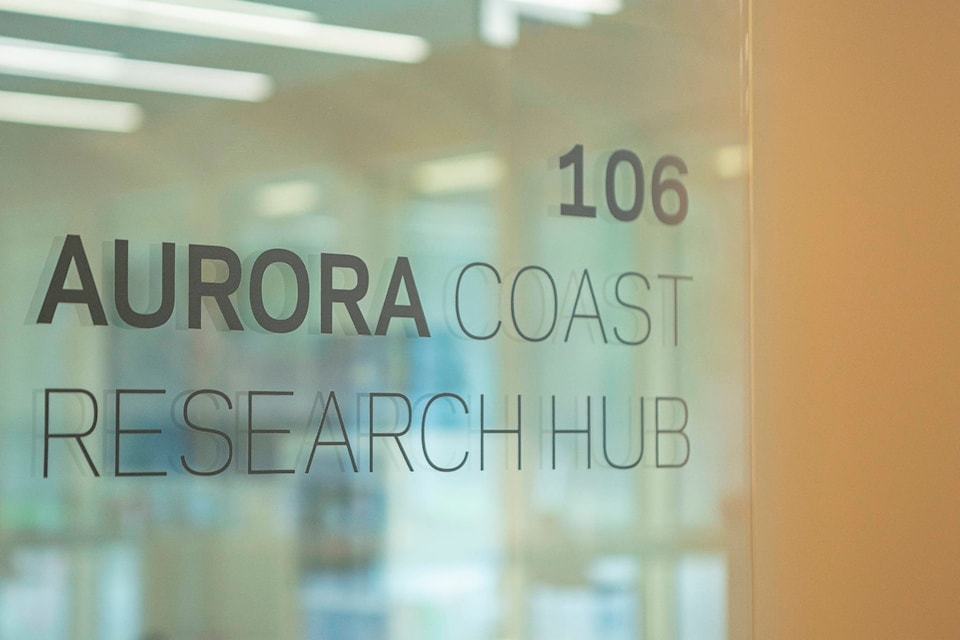Vancouver Island's Aurora Cannabis is home to one of the world’s largest genetic libraries for cannabis.
The Comox Valley company announced earlier this month that its focus on unraveling the molecular mechanisms controlling flowering and maturity time in cannabis can lead to enhancing crop yield and adaptability.
By using the natural variation in the circadian rhythm of cannabis, Aurora hopes to raise the economic value of cannabis. Through its research and development, it is overcoming traditional limitations and moving towards improved cultivation techniques.
Aurora has advanced research in autoflowering technology. Autoflowering is when a genetic characteristic automatically transitions the plant from the vegetative stage to the flowering stage, without reliance on light cycles..
This technique can be leveraged to change outdoor cannabis cultivation in high-latitude regions such as Canada.
"As a company backed by science, we have long invested in research both independently and with leading academic institutions, and have achieved significant learning from our work," says Jose Celedon, PhD, Director, Breeding and Genetics at Aurora. “Our recent work on auto-flowering will be a game-changer for cannabis and hemp production. This research speaks to our expertise and investment in science that will move this industry forward."
Aurora Cannabis’ innovation with its work on outdoor cultivation, especially in high latitude areas, will lead to greater yields in outdoor settings. The U.S. patent that Aurora recently received enables its breeding program to identify and select for the autoflowering trait within various cannabis plants.
Aurora Cannabis has been researching and developing cannabis breeding since 2018. Its breeding program has typically yielded 40-100 per cent more flower than legacy varieties.
Located in Comox, it has a 32,200 sq ft. facility with 10,000 sq ft dedicated to research and 21,700 sq ft of greenhouse space.



